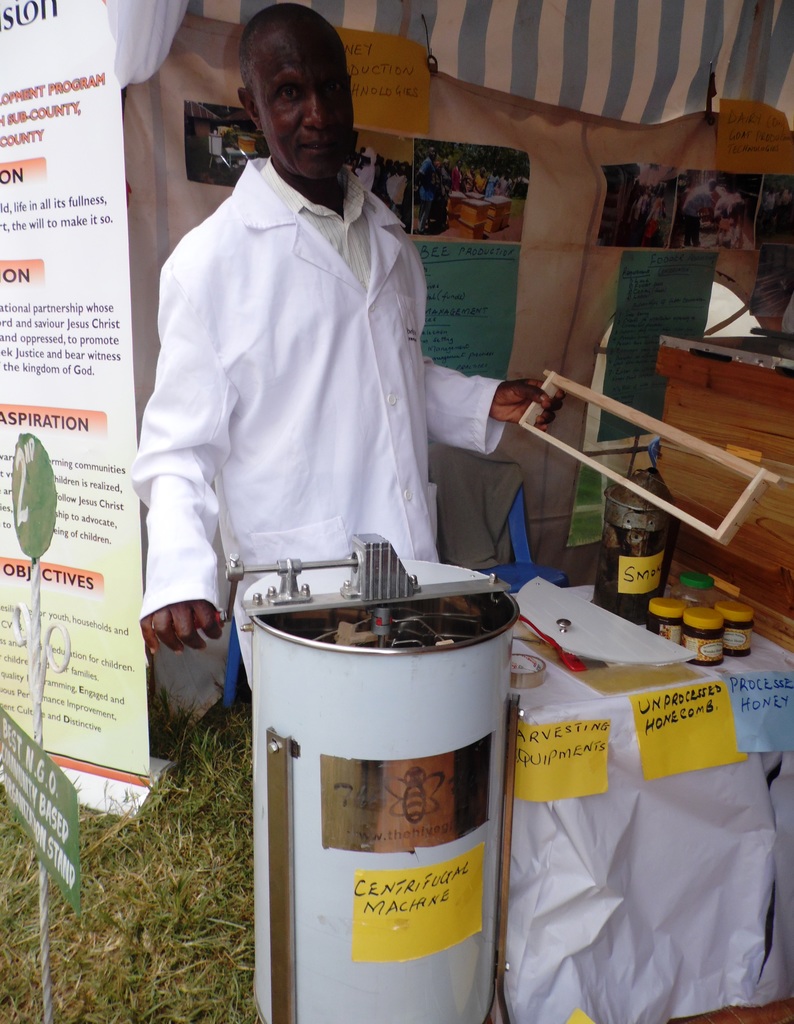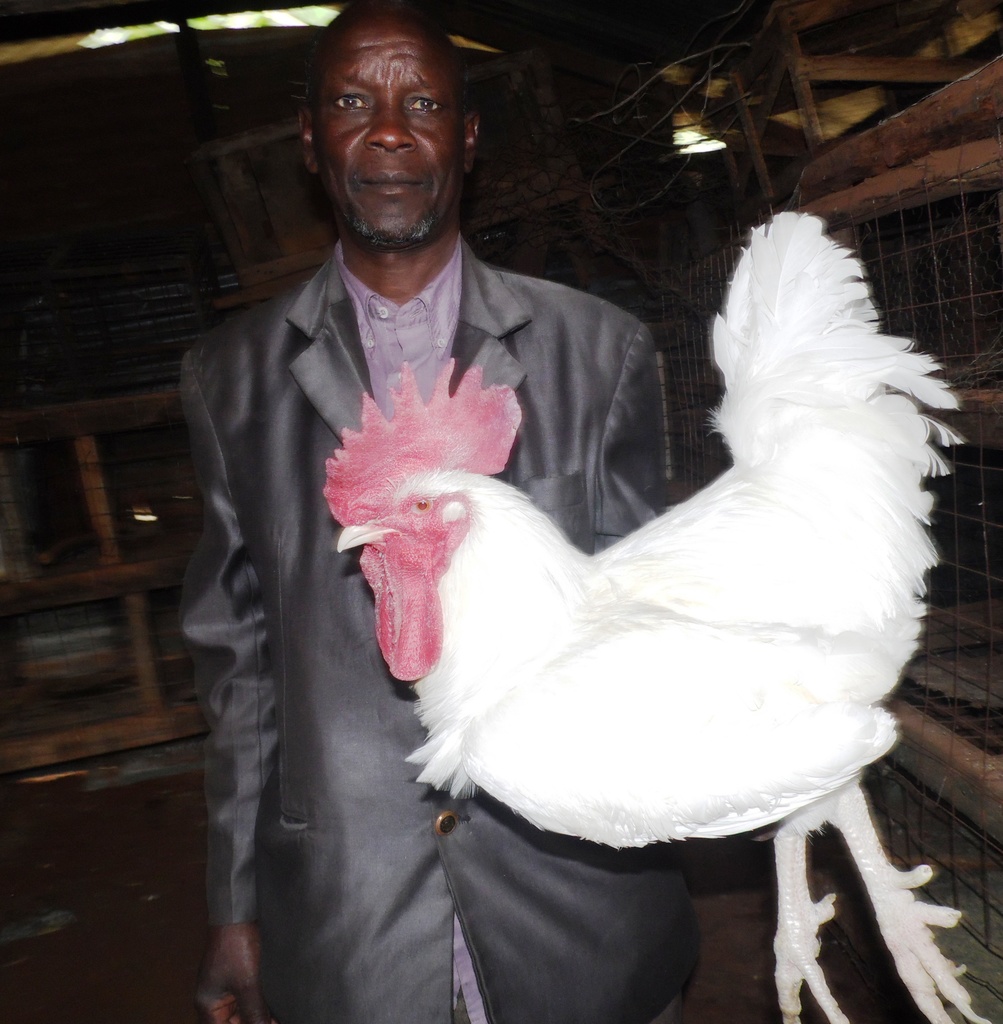Orphaned calves must be fed on colostrum from a foster mother or replacers within the first 36 hours of birth to avoid double loss.
John Gekonge, a Kisii University Animal Health Officer, said the first 24 hours and 36 hours would determine the survival of the calf.
Loss of a dairy mother during or soon after birth due to complications leads to stress to the calf, and if not taken care of, it can also die.
“Orphaned calves often look dehydrated and depressed. Water is key to their systems as they adapt to the new environment. Since they are no longer receiving food from the mothers via the umbilical cord, they must be fed on colostrum for passive immunity. For good health, it must be fed on this nutrient rich milk within 36 hours after birth,” he said.
But before the milk, dehydrated a calf must be given water before milk or else it may diarrhea to death. For that reason, Gekonge said hygiene must be kept when handling feeding equipment and consumables.
Warm colostrum
Stored colostrum must be warmed to between 35 degrees Celsius and 36 degrees Celsius, which is close to normal cow body temperature of 38.6 degrees Celsius.
Besides immunity against diseases like pneumonia, Gekonge said the colostrum offers calcium and phosphorus for strong bones and teeth formation.
Four litres twice a day is sufficient, although doubling this amount has no harm the officer, who is in charge of the university’s dairy section said.
READ ALSO: Farmers cut calf death by quarter thanks to feeder bottle
Milk replacers can be bought from agrovets and other animal health supply facilities.
Teats are stimulants
If four litres are offered in the first week, the amount must be decreased gradually by half a litre until the seventh day when it will receive one litre in the morning and evening.
Teats are preferred in the feeding process to stimulate production of saliva and triggering of the opening up of the digestive system during suckling.
Weaning starts after the eighth week, although the feeds can be introduced slowly as the milk is being reduced.
READ ALSO: Beef charolais calf earns more than dairy cattle per year
At weaning, the calf is introduced to foods like dairy pellets, Napier grass, common grass, among other feeds including commercial ones.
By the end of 16 weeks, the heifer is ready for service, Gekonge said.
PHOTO BY LABAN ROBERT.
Write comment (0 Comments)

















